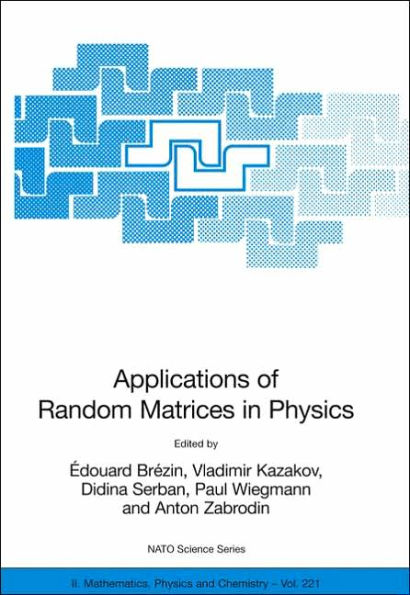5
1
9781402045301


Applications of Random Matrices in Physics / Edition 1 available in Paperback

Applications of Random Matrices in Physics / Edition 1
- ISBN-10:
- 1402045301
- ISBN-13:
- 9781402045301
- Pub. Date:
- 03/03/2006
- Publisher:
- Springer Netherlands
- ISBN-10:
- 1402045301
- ISBN-13:
- 9781402045301
- Pub. Date:
- 03/03/2006
- Publisher:
- Springer Netherlands
169.99
In Stock

Product Details
| ISBN-13: | 9781402045301 |
|---|---|
| Publisher: | Springer Netherlands |
| Publication date: | 03/03/2006 |
| Series: | NATO Science Series II: Mathematics, Physics and Chemistry , #221 |
| Edition description: | 2006 |
| Pages: | 510 |
| Product dimensions: | 6.14(w) x 9.21(h) x 0.04(d) |
From the B&N Reads Blog
